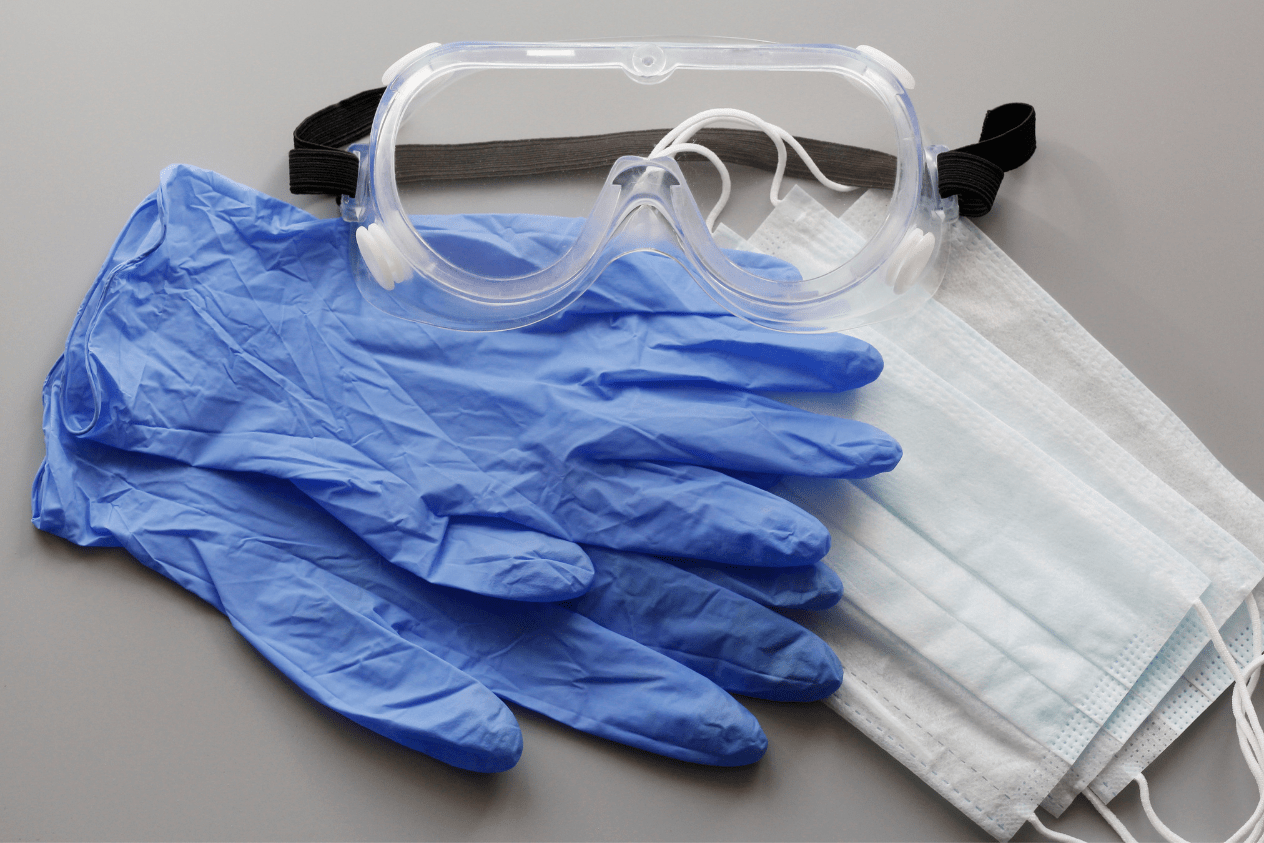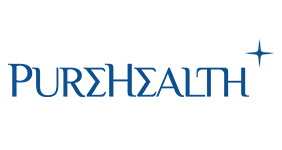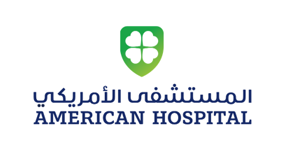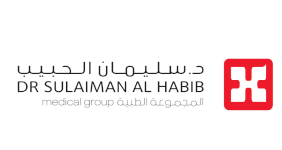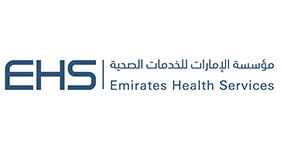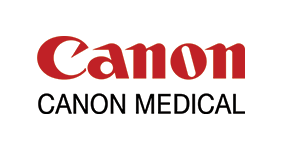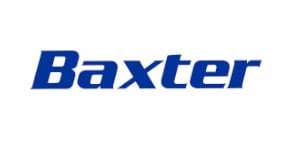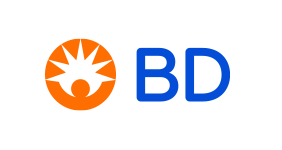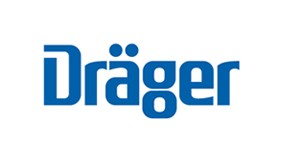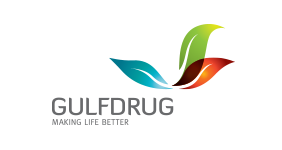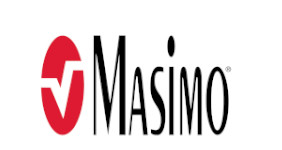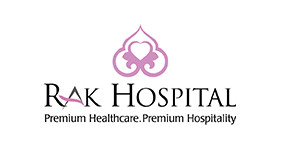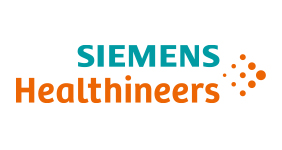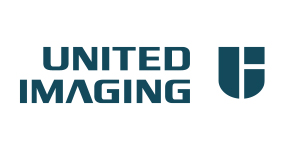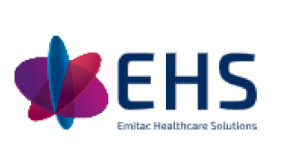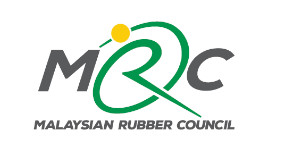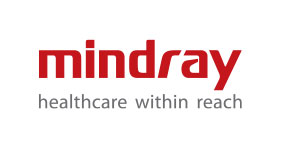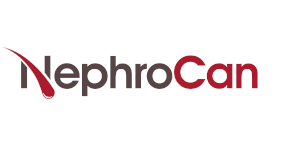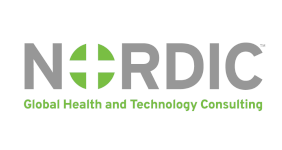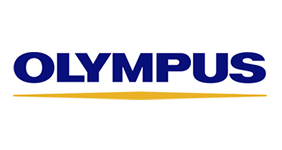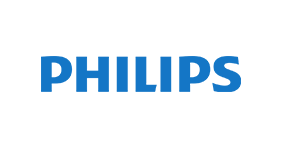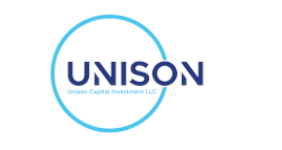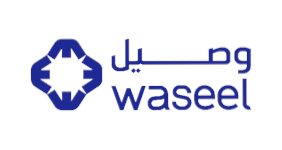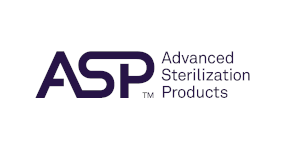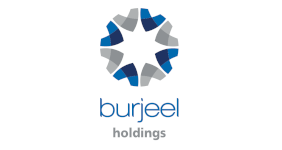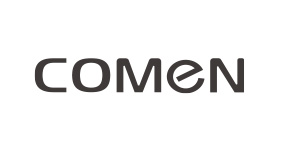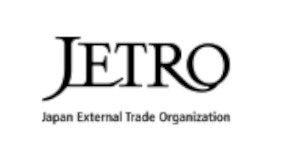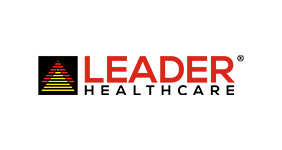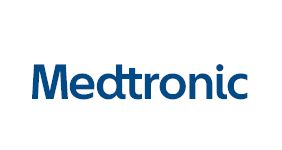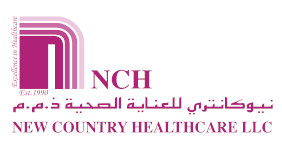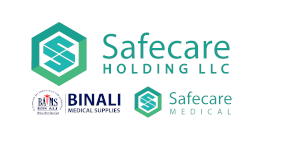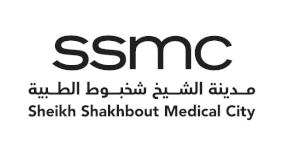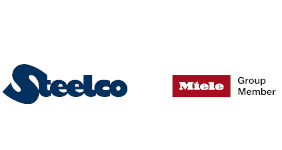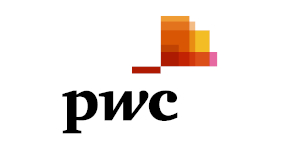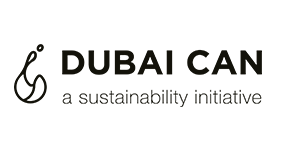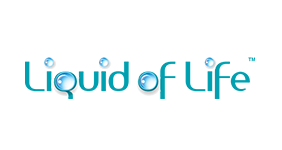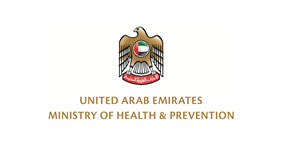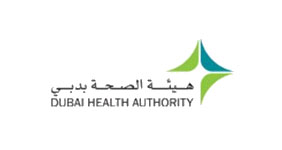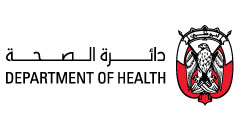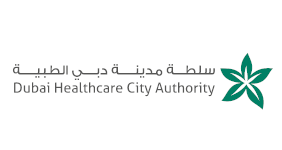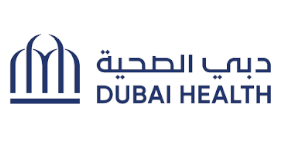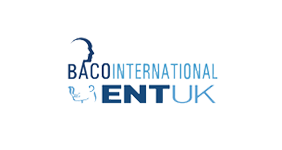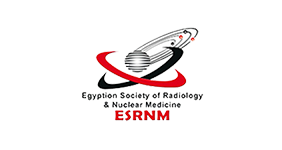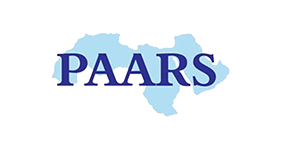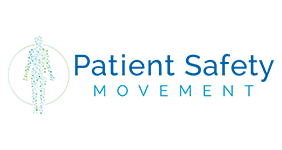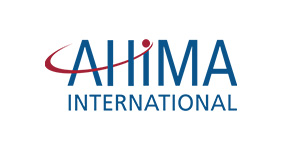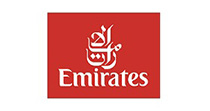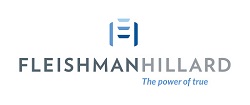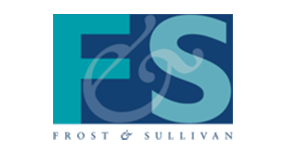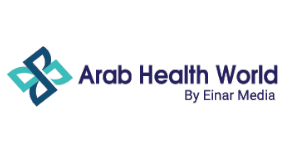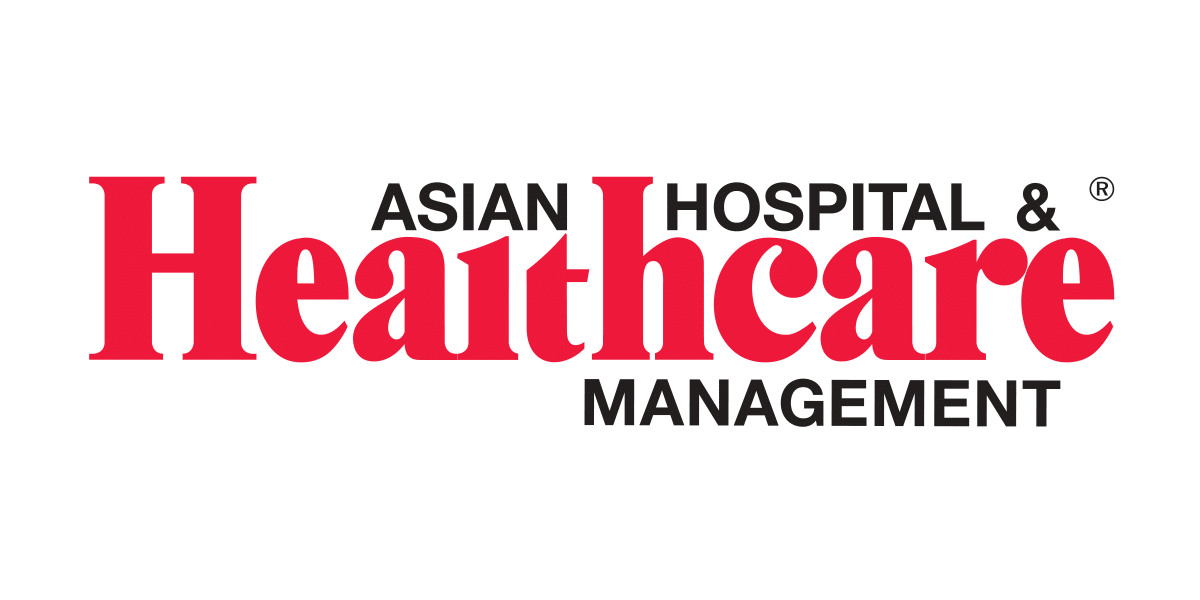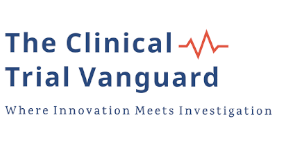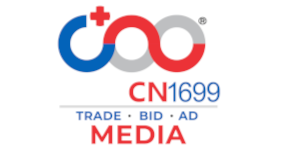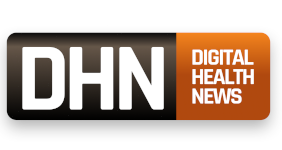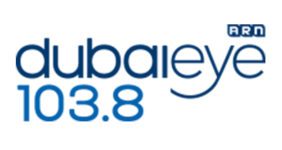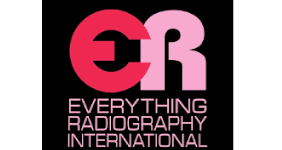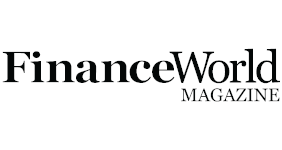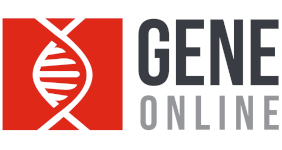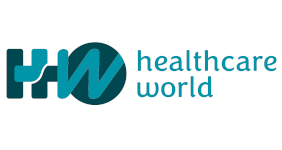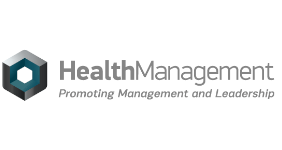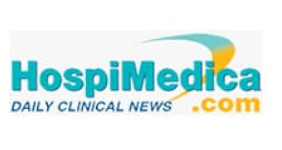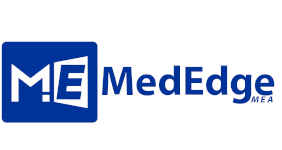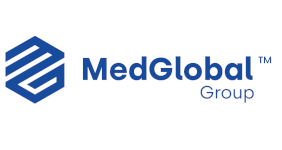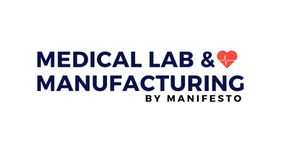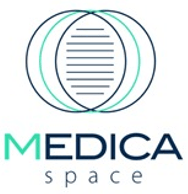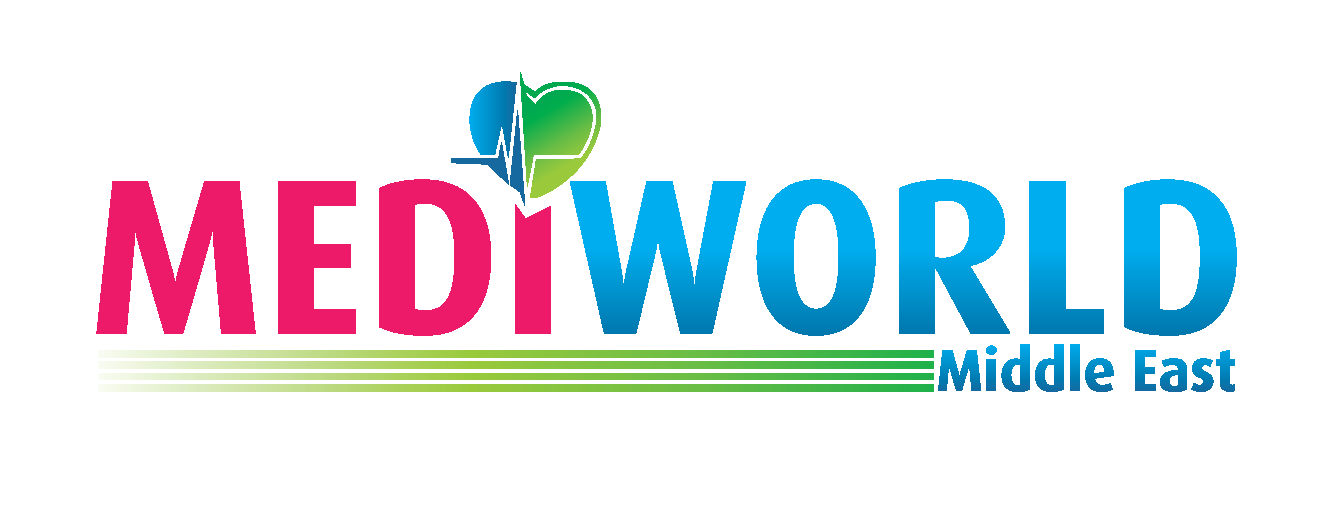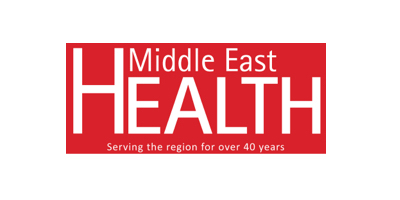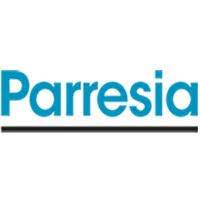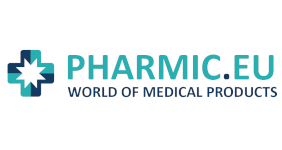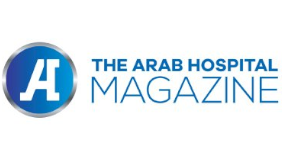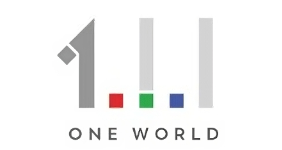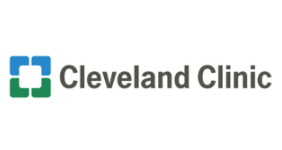With the COVID-19 pandemic triggering a surge in global medical disposables demand and production, what trends will we witness, now and in the future, as medical disposables and consumer goods that promote personal hygiene are at the forefront of our minds?
Medical disposables such as gowns, needles, surgical masks, syringes, and other items have always played an essential role in safeguarding against many nosocomial infections or infectious diseases in hospitals or clinics. However, the COVID-19 pandemic has pushed the medical disposables industry out of its niche and into the mainstream and a variety of settings. According to Acumen Research and Consulting, the global medical disposables market accounted for $365 billion in 2021 and is expected to reach $1,424 billion by 2030 with a Compound Annual Growth Rate (CAGR) of 16.8% between 2022 to 2030.
Changes are also underway in the consumer goods markets, with global demographic changes leading to a demand for mass-market consumer-focused healthcare products. With pharmaceuticals and consumer goods now in competition for market share, food companies are persuading consumers of the health benefits of their products, and personal-care companies are increasingly emphasising that their products have a scientific basis and emerging new products promise to deliver health benefits traditionally offered by pharmaceutical products.
Three major trends are encouraging consumers to participate in their treatments:
- Increased focus on prevention
- Increased consumer spending
- New spending trends as a result of an ageing world population
Major trends driving growth in medical disposables and consumer goods?
The COVID-19 pandemic and demand for PPE
Over the last few years, the increased volume of patients in the hospital because of COVID-19 was a primary cause of the rising demand for medical disposables such as gowns, gloves, and masks. According to the International Journal of Infectious Diseases, healthcare workers reusing Personal Protective Equipment (PPE) while caring for patients with COVID-19 were 83% more likely to be infected than healthcare with adequate PPE.
The demand put the entire PPE manufacturing value chain under significant pressure. Industry experts suggest that the global production of PPE increased by at least 300% at the peak of the pandemic, principally driven by demand for masks. As a result, the global PPE demand is expected to return to its pre-pandemic mix and keep rising at a CAGR of 6-9% from 2022 to 2025.
Infection prevention standards
Infection prevention and control affects all aspects of healthcare, including hand hygiene, surgical site infections, injection safety, antimicrobial resistance and how hospitals operate during and outside emergencies. Infection prevention control policies and procedures are continually implemented and upgraded by international bodies such as The Joint Commission, with healthcare organisations encouraged to monitor any updates for compliance. Topics covered by the Joint Commission include personal protective equipment, water management operative attire, glucose monitoring and insulin administration, and ultrasound transducers, for example.
Hospital-acquired infectious diseases
According to the latest report from the CDC from 2020, every year, around one in every 25 hospital patients acquires at least one hospital-acquired infectious disease (HAI). However, most HAIs are preventable, and the solution lies in understanding the transmission path and using the most effective cleaning methods and tools to help prevent the spread of pathogens.
Regarding supporting sterile practices that help lower HAI rates, disposable medical supplies provide a level of certainty that reusable supplies cannot. Many authorities maintain that sterility is most easily, consistently, and reliably achieved in medical devices using single-use, disposable equipment rather than reusable equipment. The greatest asset of disposables may be their lower likelihood of transmitting infection compared to reusables, which are documented causes of cross-contamination.
Awareness of personal health and hygiene
According to Allied Market Research, the global personal hygiene market is projected to reach $720.7 billion by 2030, registering a CAGR of 3.6% from 2021 to 2030. Growing consumer awareness of the importance of maintaining health and hygiene standards are the major factors driving the growth of cleaning and personal hygiene products in home and healthcare settings. In addition, an increase in disposable income and the rise in healthcare expenditure on personal hygiene are significant factors driving the personal hygiene market growth.
As an essential part of personal hygiene, Data Mine Intelligence valued the hand hygiene market size at $ 2.9 billion in 2021 and is estimated to reach $5.57 billion by 2029, growing at a CAGR of 7.1% from 2022-2029.
Bioplastics for sustainability
Not only do bioplastics offer significant benefits in terms of specific properties and functionalities, but they also provide opportunities to make applications and processes more sustainable. In addition, the rising adoption of bioplastics across the healthcare sector to curb environmental footprint will further boost the production of biodegradable medical disposables and supplies in the coming years.
According to European Bioplastics, it is also the independence of non-renewable resources, the uptake of biogenic carbon, a potential for closed-looped systems, combined with innovative properties that meet the demand of the medical sector, are strong arguments for a long-term change to sustainable bioplastics.
Mergers and acquisitions to sustain growth
As the demand for medical disposables intensifies and companies jostle for the competitive edge and a higher percentage of the revenue, larger entities in the global disposable medical supplies market are driving policies of enlargement such as merger and acquisition, partnership, new product development, amalgamation, and joint ventures. Mergers and acquisitions provide a unique opportunity to access new products and markets, new revenue streams and geographic expansion to stimulate organic growth.
References
https://www.gminsights.com/industry-analysis/medical-disposables-market
https://www.futuremarketinsights.com/reports/disposable-medical-gowns-market
https://www.ijidonline.com/article/S1201-9712%2821%2900023-0/fulltext
https://www.fortunebusinessinsights.com/over-the-counter-otc-drugs-market-105433
https://www.linkedin.com/pulse/growth-landscape-global-disposable-medical-supplies-market-kumari/
https://www.jointcommission.org/resources/patient-safety-topics/infection-prevention-and-control/
https://www.cdc.gov/hai/data/portal/progress-report.html
https://www.datamintelligence.com/research-report/hand-hygiene-market
https://www.grandviewresearch.com/industry-analysis/hospital-gowns-market

